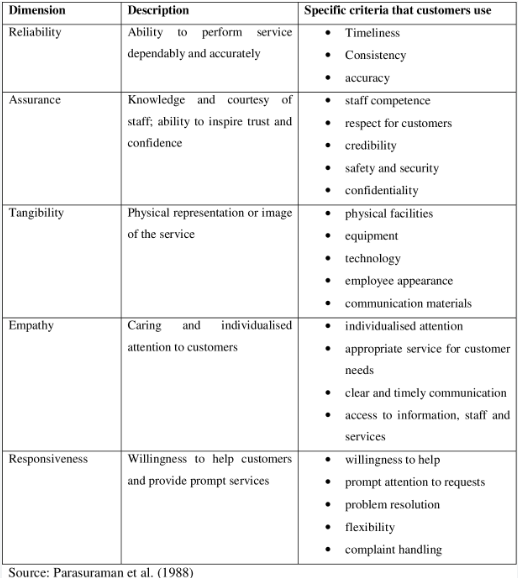Challenges of the quality concept in tourism
The concept of quality has been a cornerstone in various industries, driving improvements in products and services to meet or exceed customer expectations. In the tourism industry, however, the application of quality is far more complex due to the inherent characteristics of tourism services. Unlike manufactured goods, where quality can be defined, measured, and controlled through rigorous processes, tourism involves a blend of both tangible and intangible elements that are deeply influenced by personal experiences, cultural contexts, and the dynamic interactions between service providers and tourists. This complexity demands a specialized approach to quality that not only considers the immediate service provided but also the holistic experience of the tourist. In tourism, quality is not merely about the physical aspects of a service—such as the cleanliness of a hotel room or the punctuality of a flight—but also about the emotions and memories that the experience evokes in the tourist. These subjective dimensions make it challenging to apply traditional quality management techniques, which are often focused on standardization and defect prevention. Instead, tourism quality must be understood as a fluid, evolving concept that requires a deep understanding of human behavior, expectations, and the broader social and cultural environment in which tourism takes place. The importance of this understanding becomes evident when considering the competitive nature of the tourism industry, where customer satisfaction and positive word-of-mouth are critical for business success.
THE CONCEPT: DIMENSIONS OF QUALITY
According to Garvin, there are eight dimensions of quality; Performance, Features, Reliability, conformance, durability, serviceability, aesthetics and perceived quality
Quality also means a totality of characteristics of an entity that bear on its ability to satisfy stated and implied needs. (Rasika G)

APPLICATION OF THE QUALITY CONCEPT
The application of quality in tourism is complicated by several unique characteristics of the industry, such as intangibility, heterogeneity, and the simultaneous production and consumption of services. Unlike physical products, tourism services cannot be seen, touched, or tested before purchase, making it difficult for customers to assess quality in advance. This intangibility means that tourists rely heavily on cues such as brand reputation, online reviews, and word-of-mouth recommendations to make decisions. Consequently, service providers must focus on building a strong brand image and consistently delivering high-quality experiences to maintain customer trust and loyalty.
Heterogeneity is another critical factor that affects the application of quality in tourism. Tourism experiences are highly variable, influenced by factors such as location, time, and the individual preferences of tourists. Even when the same service is provided under identical conditions, the perceived quality can differ significantly among tourists. For instance, a cultural tour might be perceived as enlightening and engaging by one tourist, while another might find it boring and uninformative. This variability poses a challenge for service providers, who must strive to tailor their offerings to meet the diverse needs and expectations of their clientele. The simultaneous production and consumption of tourism services further complicates the management of quality. In tourism, the service is typically produced and consumed in real-time, leaving little room for error. A hotel guest checking in late at night, for example, expects immediate and flawless service; any delay or mistake can lead to dissatisfaction, as there is no opportunity to correct the service after the fact. This real-time nature of service delivery requires tourism providers to be highly responsive and adaptive, ensuring that all aspects of the service process are well-coordinated and that staff are adequately trained to handle unexpected situations.
Perishability is another distinctive characteristic of tourism services that influences how quality is managed. Unlike physical goods, which can be stored and sold later, tourism services are perishable. If a hotel room is not occupied for a night or a tour is not filled to capacity, the revenue opportunity is lost forever. This puts significant pressure on service providers to maximize occupancy and participation rates while maintaining high-quality standards. During peak seasons, the challenge is even greater, as the influx of tourists requires a rapid scaling of operations without compromising service quality. This often involves meticulous planning, efficient resource allocation, and the ability to manage large volumes of customers while ensuring that each tourist receives a high-quality experience.
The interconnectedness of the tourism industry adds another layer of complexity to quality management. A tourist’s overall experience is often the result of multiple services provided by different organizations, such as airlines, hotels, restaurants, and tour operators. A failure in one part of the service chain can have a ripple effect, negatively impacting the overall perceived quality of the trip. For example, a delayed flight can cause a tourist to miss a scheduled tour, leading to frustration and disappointment, even if the tour itself is of high quality. This interdependence highlights the need for collaboration and communication among various service providers to ensure a seamless and enjoyable experience for the tourist. Additionally, the cultural context in which tourism takes place plays a crucial role in determining quality. What is considered high-quality service in one culture may not necessarily be perceived the same way in another. For instance, a highly personalized service approach that is appreciated in Western cultures might be seen as intrusive or overwhelming in cultures that value privacy and formality. Therefore, understanding the cultural background of tourists and adapting services accordingly is essential for delivering quality experiences that resonate with diverse customer bases. Furthermore, the rise of digital technologies and social media has transformed the landscape of quality management in tourism.
Tourists now have the power to share their experiences instantly with a global audience, amplifying the impact of both positive and negative reviews.
Service providers must be proactive in managing their online reputation and responding to customer feedback in real-time. A single negative review, if not addressed promptly and appropriately, can tarnish a brand's image and deter potential customers. On the other hand, positive reviews can serve as powerful endorsements, attracting more tourists and enhancing the perceived quality of the service. 
CONCLUSION
The application of the concept of quality to tourism requires a comprehensive and adaptable approach that takes into account the unique characteristics of the industry.
I recommend you to read the book “The Philosophy of Quality” by George N. Kenyon and Kabir Sen, where the authors offer a philosophical and holistic perspective on quality.

The intangibility, heterogeneity, and perishability of tourism services present significant challenges for quality management, necessitating a shift away from traditional methods towards more customer-centric and culturally sensitive practices. To achieve and maintain high-quality standards, tourism providers must focus on the entire customer journey, ensuring that every touchpoint is optimized to meet or exceed tourist expectations. This involves not only delivering consistent and reliable services but also fostering strong partnerships with other providers and leveraging digital tools to manage customer feedback and enhance the overall experience.
The importance of quality in tourism cannot be overstated, as it directly impacts customer satisfaction, loyalty, and the overall success of the industry.